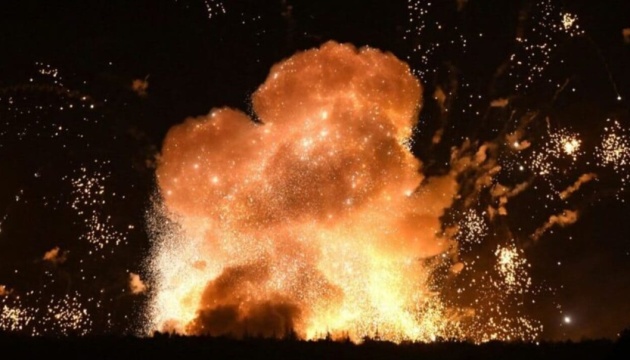On the night of 28 February, resistance movement members detonated a car bomb targeting a Russian federal security officer in temporarily occupied Mariupol, in Donetsk Oblast. The occupiers are conducting mass arrests in the city, attempting to track down the Ukrainian underground movement.
Mariupol, a strategic Ukrainian port city on the Sea of Azov, fell to Russian forces in 2022 after a devastating siege. The city’s strategic importance lies in its position as a key industrial center and its role in potentially creating a land bridge between Russia and annexed Crimea. The city’s infrastructure was largely destroyed during the siege, with estimates suggesting that up to 90% of residential buildings were damaged or destroyed.
The Mariupol Resistance Telegram channel reported the successful operation. The resistance fighters stated that around 1:00 AM, in the Primorsky district, and blew up a vehicle with an FSB officer inside.
"The victim is in intensive care. They are unlikely to survive. Details of the operation will follow later when security conditions allow," the Ukrainian partisans said.
They also informed that, after the attack, the Russian FSB has drastically increased pressure and is carrying out extensive search operations. However, they assured that their people were already safe.
Earlier, the partisan movement ATESH reported on the increased patrolling in Mariupol. According to them, the occupiers are stepping up patrols, organizing raids, and carrying out mass document checks.
"They understand that even in the deep rear, there is no complete safety – the partisan movement is growing, and the occupiers are suffering losses not only on the front lines. We know that the locals hate the invaders and continue to fight for their land. Every day, new supporters of the resistance appear, and repressions will not stop this process," the partisans emphasized.
Earlier, the reports emerged that Russia was executing a calculated strategy of population replacement in Mariupol, systematically transforming the urban landscape to favor Russian settlers while marginalizing local Ukrainian residents.
Nearly three years after capturing Mariupol, Russian authorities have destroyed approximately 460 residential buildings while constructing only around fifty new structures. These new developments are not intended to restore housing for displaced Ukrainians, but instead created as attractive properties for Russian settlers, primarily marketed through mortgage mechanisms.
Related:
- Russia’s fiber-optic drones dodge jamming, but Ukraine hunts them with infrared and sound
- Ukraine’s FPV “air defenses” slash Russian drone reconnaissance capabilities
- Ukraine becomes first to use 1000-pound JDAM-ER guided bombs
- Forbes: Ukrainian “lurk-and-strike” FPV drones execute high-profile assassinations behind Russian lines





